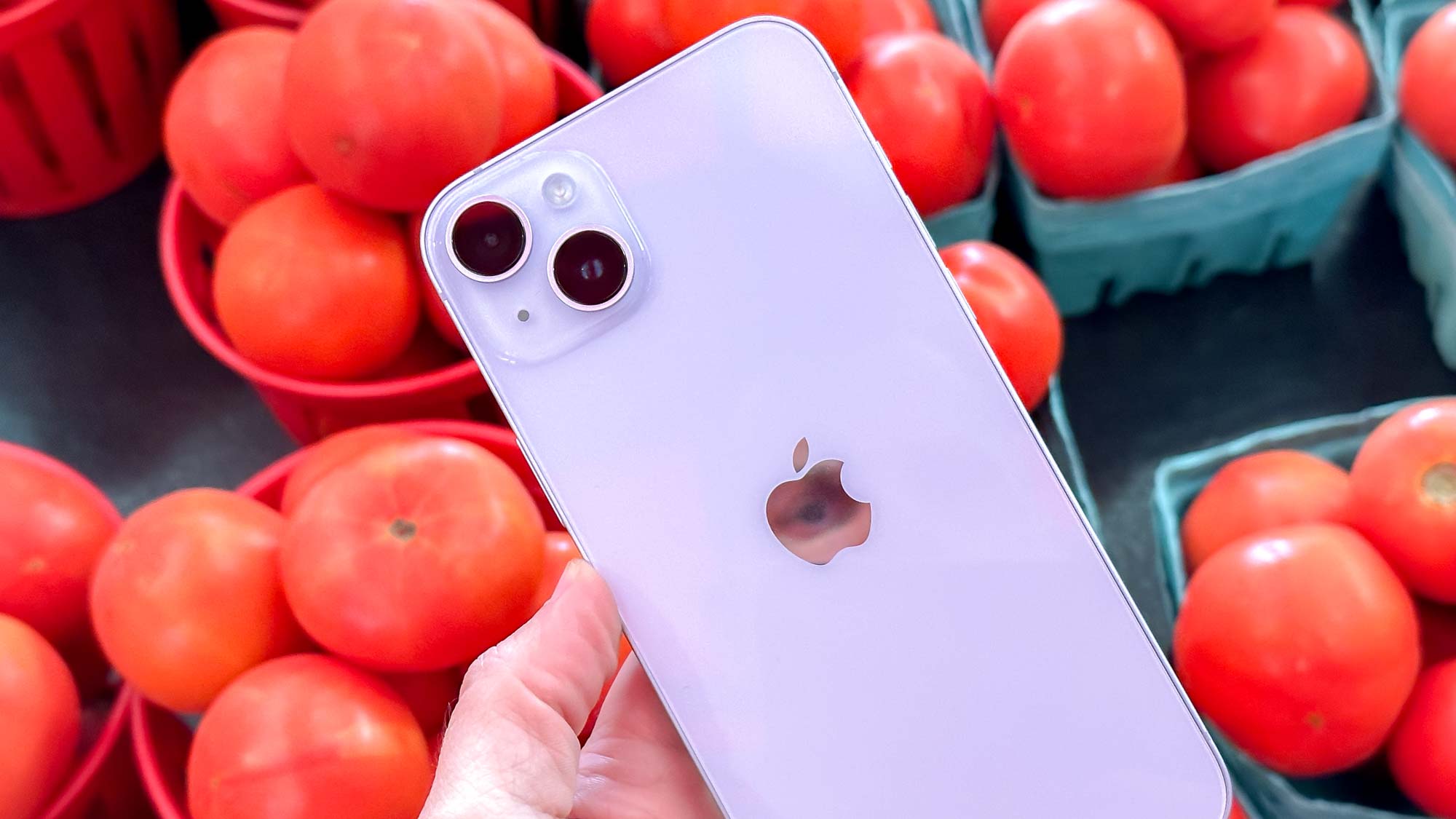iPhone 14 Plus reportedly in major trouble — here's why
Apple has cut iPhone 14 Plus production already, which points to a big problem

The iPhone 14 Plus isn't even two weeks past its release date, and now there's another sign that the replacement for the iPhone mini is not fairing well at all in the market.
According to a report in The Information, Apple has cut production of the iPhone 14 Plus already, based on two sources who are allegedly involved in the company's supply chain.
From the report, The Information says, "Apple has told at least one manufacturer in China to immediately halt production of iPhone 14 Plus components while its procurement team reevaluates demand for the product." The publication also notes two Apple suppliers have cut their production by 70% and 90%, respectively.
At $899, the iPhone 14 Plus was supposed to be a lower-cost alternative to the $1,099 iPhone 14 Pro Max, as both phones feature large 6.7-inch displays. But it's possible that shoppers are stepping up to the $999 iPhone 14 Pro instead, at least among early adopters.
And as you'll see in our iPhone 14 Plus vs iPhone 14 Pro Max comparison, there's lots of reasons to go with the Pro series this year. This includes a new always-on display, a handy replacement for the notch dubbed Dynamic Island and a new 48MP camera that captures amazing detail.
This is on top of Pro-level exclusive features that already made buying the iPhone 14 Plus less attractive. You'll miss out on a telephoto lens and the 120Hz ProMotion display. This is why my colleague Jordan Palmer argues that the iPhone 14 and 14 Plus are actually an insult to shoppers.
The fact that the iPhone 14 Plus is apparently struggling is nothing new. In September analyst Ming-Chi Kuo said that the iPhone 14 Plus and iPhone 14 were enduring “bad” pre-order numbers. And less than a week ago Digitimes reported that initial iPhone 14 and iPhone 14 Plus sales have been lower than expected.
It's time to rethink the iPhone lineup
As a tech editor, it's easy for me to discern the differences across the four iPhone 14 models. But I have to wonder if four new iPhones is just too much for shoppers to process.
With Apple you've got the iPhone 14, iPhone 14 Plus and iPhone 14 Pro, but Samsung keeps things simpler with the Galaxy S22, Galaxy S22 Plus and Galaxy S22 Ultra, which to me seems like a sound "good-better-best" strategy.
Google keeps things even simpler with this Google Pixel 7 and Google PIxel 7 Pro, so there's just two models from which to choose. But Google is reportedly at least contemplating a Pixel 7 Ultra with a more advanced camera system.
I don't think Apple was wrong to ditch the mini. The iPhone mini series apparently never sold very well, as consumers have been gravitating toward big-screen phones. And a 5.4-inch iPhone in 2022 would seem like a weird throwback.
But the iPhone 14 Plus simply doesn't have enough differentiating features between it and the regular iPhone 14. A bigger screen and bigger battery alone don't seem to be cutting it.
My advice to Apple for the iPhone 15 lineup is to launch just three phones: the iPhone 15, the iPhone 15 Pro and the rumored iPhone 15 Ultra. And there should be clear differences across the lineup that anyone should be able to understand.
With a rumored iPhone SE 4 on the way offering an iPhone XR-like design, that would be Apple's value play for 2023.
Next: Face ID is breaking for some iPhone owners — what you need to know
Sign up to get the BEST of Tom's Guide direct to your inbox.
Get instant access to breaking news, the hottest reviews, great deals and helpful tips.
Mark Spoonauer is the global editor in chief of Tom's Guide and has covered technology for over 20 years. In addition to overseeing the direction of Tom's Guide, Mark specializes in covering all things mobile, having reviewed dozens of smartphones and other gadgets. He has spoken at key industry events and appears regularly on TV to discuss the latest trends, including Cheddar, Fox Business and other outlets. Mark was previously editor in chief of Laptop Mag, and his work has appeared in Wired, Popular Science and Inc. Follow him on Twitter at @mspoonauer.

